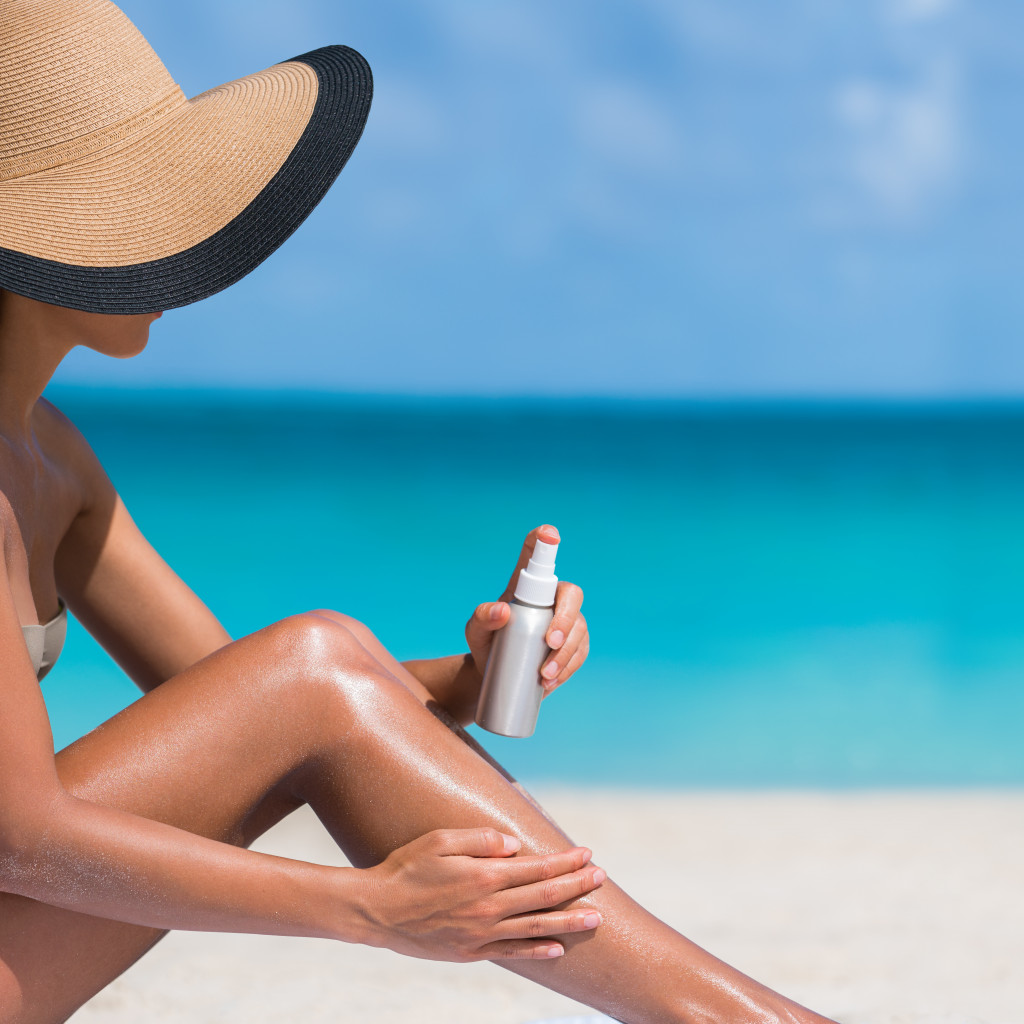According to the American Academy of Dermatology Association, skin cancer, the most common form of cancer in the United States, affects approximately 9,500 people every day. Since this type of cancer doesn’t have any noticeable symptoms until it’s too late, it’s important to be proactive about protecting yourself from harmful UV rays and preventing skin cancer altogether. Skin cancer treatment can also be expensive and painful, especially if it’s not caught early. That’s why protecting yourself from UV rays can help protect your health and save you money in the long run.
Current Sunlight Guidelines May Need Revision
Getting updated guidelines with vitamin D and sunlight is a must for people to know if they have enough while also not putting themselves at risk of skin cancer and sunburn. Researchers think that the current guideline written back in 1982 may need a revision since pre-vitamin D undergoes chemical changes before transforming in our bodies. Researchers from King’s College London based in the UK have conducted a study, but they are still not finished with the guideline revision since they need more data for further findings.

But before we wait for the updated guidelines, other researchers recommend following healthy habits such as eating a balanced diet, being physically active, and sleeping an adequate amount. It can help prevent non-melanoma skin cancers or other health risks associated with UV rays. We put together this list of top tips for protecting yourself:
Check the UV Index
The Environmental Protection Agency (EPA) publishes daily data on how much of a threat each US city’s current UV index poses to skin and eyes, so you can check what conditions will be like before you head outside. While these guidelines are mainly meant to inform sunscreen manufacturers, they’re also great to have in your back pocket if you want to be proactive about protecting yourself from harmful rays.
Wear Sunscreen With SPF 30 or Higher
Both skin cancer and early signs of aging are caused by exposure to ultraviolet radiation, but sunscreen is a simple way to protect yourself. For maximum effectiveness, be sure to apply it generously, reapply it every two hours or immediately after swimming or sweating, and look for a water-resistant formula that protects against both UVA and UVB rays. If you’re concerned about the possible health risks of using sunscreen, talk with your doctor first.
Wear Sunglasses
Sunscreen is key, but don’t forget to protect your eyes as well. Even if you’re not planning on being in direct sunlight, sunglasses are crucial. They help filter out harmful rays that damage delicate eye tissue and can lead to vision problems down the road. If you have glasses, make sure they have 100% UVA/UVB protection; if not, invest in a good pair of sunglasses with high UV-protection ratings.
Cover Up With Protective Clothing
Clothing can be a great first line of defense against harmful UVA and UVB rays. By covering up, you block those rays before they even reach your skin, helping to reduce your risk of all forms of skin cancer. The Skin Cancer Foundation recommends loose-fitting clothing made of tightly-woven fabric in light colors with long sleeves that extend beyond your wrists when arms are lifted. Hats, sunglasses, and sunscreen should also be worn if you’re outside during peak sun hours. Remember that not all fabrics are equal when it comes to protecting from ultraviolet rays—the weave must be tight and have good blocking properties.
Avoid Extreme Temperatures
We all know that extreme cold and heat can take a toll on our bodies—not to mention it’s also really uncomfortable. Research shows that spending just 15 minutes in extreme temperatures causes almost as much damage to your skin as being exposed to sunlight! So, avoid those temps extremes if you want to protect yourself from UV rays and keep your skin looking healthy.
Use Sun Protection in Other Ways
If you can’t use sunscreen, there are still several ways to protect yourself. Consider using reflective shields to bounce UV rays away. You can also install shades or blinds on your windows, which will also help reduce heat build-up in your home. Some plants can even block out some harmful rays and grow in low-light conditions! Installing carports in your offices or at home can go a long way toward helping you deflect direct sunlight when it hits certain surfaces like windows, balconies, and driveways. You can also use window films while driving to deflect UV rays as well, so they don’t reflect into your eyes while driving.
Get Vitamin D Naturally Without Harming Your Skin
You can eat plenty of food to boost your vitamin D levels, but most of them—including milk, eggs, and fish oil—come with a fair amount of unhealthy fat. If you want to protect yourself from harmful UV rays without hurting your skin, turn to foods rich in vitamin D like dried seaweed. These veggies contain some of our body’s best natural antioxidants; when combined with omega-3 fatty acids, they help support everything from cognitive function to healthy cell growth. And since seaweed is available year-round, it’s an excellent way to naturally protect yourself from harmful UVA and UVB rays during winter months when sun exposure is at its lowest anyway!
The safest, most effective way to protect yourself against skin cancer is to stay out of direct sunlight when UV rays are at their strongest. If you must be outside during these hours, you should wear protective clothing, like sun-protective sunglasses. And, of course, make sure you’re using an SPF 30+ sunscreen!




